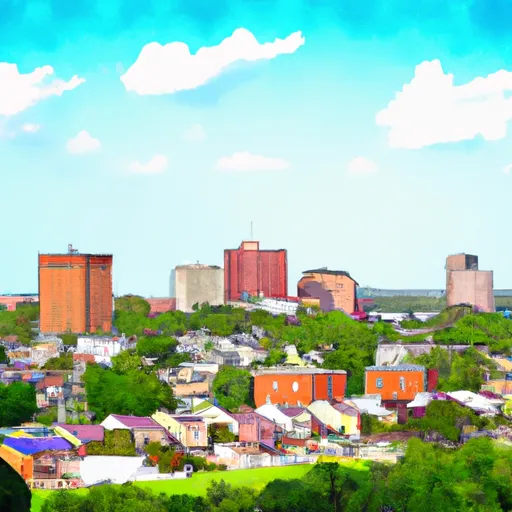°F
°F
mph
Windspeed
%
Humidity











Florien is a small town located in the western part of Louisiana. The climate is humid subtropical, with hot and humid summers and mild winters. The area receives an average of 60 inches of rain per year and is prone to flooding. Hydrology constituents in the area include the Sabine River, Toledo Bend Reservoir, and several creeks and streams. Outdoor recreation opportunities in Florien include fishing, hunting, hiking, and camping. Toledo Bend Reservoir is a popular destination for fishing and boating, and the nearby Kisatchie National Forest offers hiking and camping opportunities.
Weather Forecast
Florien receives approximately 1409mm of rain per year, with humidity levels near 80% and air temperatures averaging around 19°C. Florien has a plant hardyness factor of 8, meaning plants and agriculture in this region tend to thrive here all year round.
Regional Streamflow Levels
13,700
Cubic Feet Per Second
32
Cubic Feet Per Second
563
Cubic Feet Per Second
36
Cubic Feet Per Second
Nearby Camping
| Camping Area | Reservations | Toilets | Showers |
|---|---|---|---|
| South Toledo Bend State Park | |||
| Sam Houston Jones State Park | |||
| Hodges Gardens State Park | |||
| Holbrook Parish Park | |||
| Barksdale AFB Military | |||
| Pleasure Point State Rec Area - Toledo Bend Lake |



